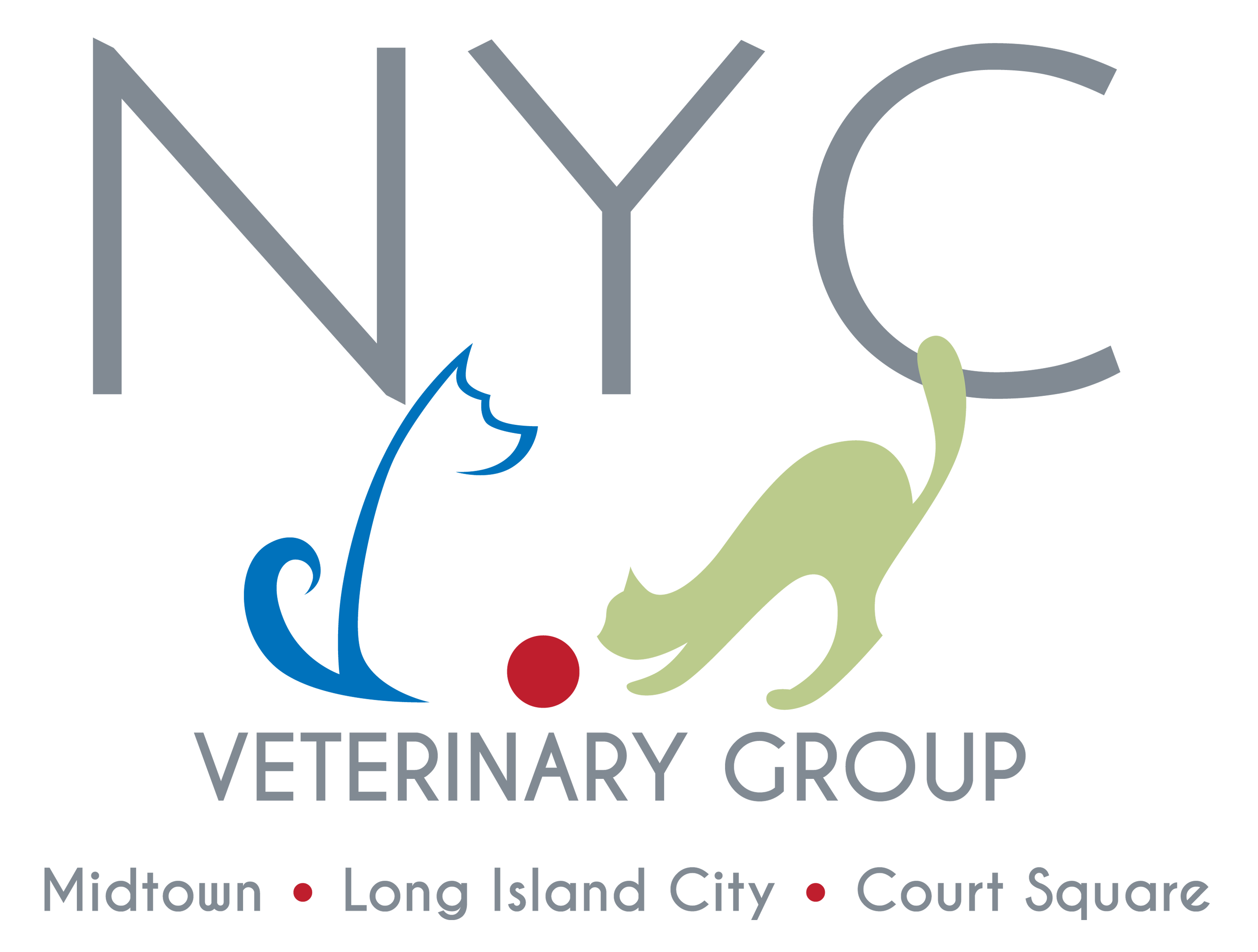Acetylcysteine
What is acetylcysteine?
 Acetylcysteine (alternate and brand names: N-acetylcysteine, NAC, ACC, Mucomyst®, Acetadote®, Cetylev®, Parvolex®) is a modified form of an amino acid and acts as an antioxidant. Acetylcysteine is available as a drug (injectable) and supplement (oral).
Acetylcysteine (alternate and brand names: N-acetylcysteine, NAC, ACC, Mucomyst®, Acetadote®, Cetylev®, Parvolex®) is a modified form of an amino acid and acts as an antioxidant. Acetylcysteine is available as a drug (injectable) and supplement (oral).
Acetylcysteine is useful in treating conditions that involve tissue damage or toxicity due to oxidative stress, such as acetaminophen, xylitol, or phenol toxicity; degenerative myelopathy in dogs; chronic kidney disease; respiratory inflammation in cats; and FIV in cats. It may also be useful when treating sulfonamide reactions; sago palm, mushroom, or doxorubicin toxicity of the liver; or other toxicities.
Acetylcysteine also acts as a mucolytic, meaning it makes secretions thinner. This trait is useful for respiratory conditions where mucus accumulates in the airways; acetylcysteine works to improve the clearing of this mucus. In some cases, it has also been used topically or as an infusion to thin secretions in the lungs and other areas of the body.
Its use in dogs and cats is off label (extra label). Many drugs are commonly prescribed for off-label use in veterinary medicine. “Off label” means the drug is being used in a way that has not been reviewed or approved by the U.S. Food and Drug Administration (FDA) or Health Canada. In these instances, follow your veterinarian’s directions and cautions carefully, as they may be significantly different from those on the label.
How is acetylcysteine given?
- Acetylcysteine is given by mouth in the form of a liquid, capsule, tablet, or powder.
- Acetylcysteine may also be given into the vein, or directly into the airways in the hospital setting.
- Give oral forms with food to prevent stomach upset.
This medication will take effect quickly, in about 1 to 2 hours, and improvement in clinical signs should follow.
What if I miss giving my pet the supplement?
If you miss a dose, give it as soon as you remember, and then continue with the regular dosing schedule. However, if it is almost time for the next dose, skip the missed dose and resume the regular dosing schedule. Do not give the pet two doses at once.
Are there any potential side effects from acetylcysteine?
Acetylcysteine may cause the following side effects:
- Nausea and vomiting (when given by mouth)
- Allergic skin reactions (rare)
This short-acting medication should stop working within 24 hours, although effects can be longer in pets with liver or kidney disease.
Are there any risk factors for this supplement?
DO NOT USE acetylcysteine in pets who:
- Are allergic to it
USE WITH CAUTION in pets who:
- Have stomach or intestinal ulcers
- Are pregnant or nursing
Are there any drug interactions I should be aware of?
The following medications should be USED WITH CAUTION when given with acetylcysteine:
- Activated charcoal
- Nitroglycerin
Vitamins, herbal therapies, and supplements can interact with each other, as well as with prescription and over-the-counter medications. It is important to tell your veterinarian about any medications (including all vitamins, supplements, or herbal therapies) that your pet is taking.
Is any monitoring needed with this supplement?
- When acetylcysteine is used for toxicosis, your veterinarian may monitor your pet’s liver enzymes, electrolytes, and complete blood count (CBC).
- Your veterinarian may monitor your pet to be sure that the medication is working.
How do I store acetylcysteine?
- Store the tablets, capsules, or powder at room temperature between 68°F and 77°F (20°C and 25°C) and protect from moisture.
- Store tablets in their original blister packs until use.
- Store freshly prepared liquid formulations for up to 4 days in the refrigerator.
What should I do in case of emergency?
If you suspect an overdose or an adverse reaction to the medication, call your veterinary office immediately. If they are not available, follow their directions in contacting an emergency facility.
© Copyright 2025 LifeLearn Inc. Used and/or modified with permission under license. This content written by LifeLearn Animal Health (LifeLearn Inc.) is licensed to this practice for the personal use of our clients. Any copying, printing or further distribution is prohibited without the express written consent of LifeLearn. This content does not contain all available information for any referenced medications and has not been reviewed by the FDA Center for Veterinary Medicine, or Health Canada Veterinary Drugs Directorate. This content may help answer commonly asked questions, but is not a substitute for medical advice, or a proper consultation and/or clinical examination of your pet by a veterinarian. Please contact your veterinarian if you have any questions or concerns about your pet’s health. Last updated on Jan 29, 2025.




